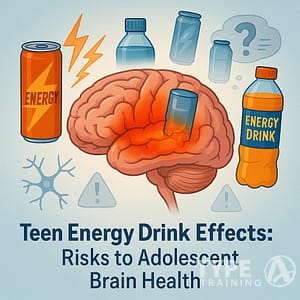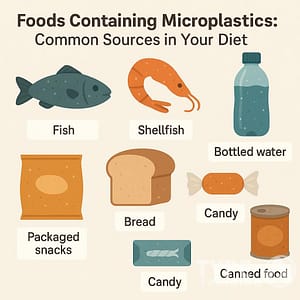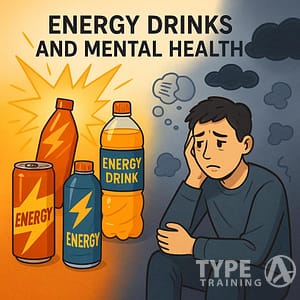A lot of folks wonder what kind of help is out there when they’re trying to eat better or manage health issues through food. Nutrition services are professional programs and support systems that help you make better food choices, manage health conditions through diet, and learn about proper nutrition.
These services come from trained experts like registered dietitians who really understand how food impacts your health.
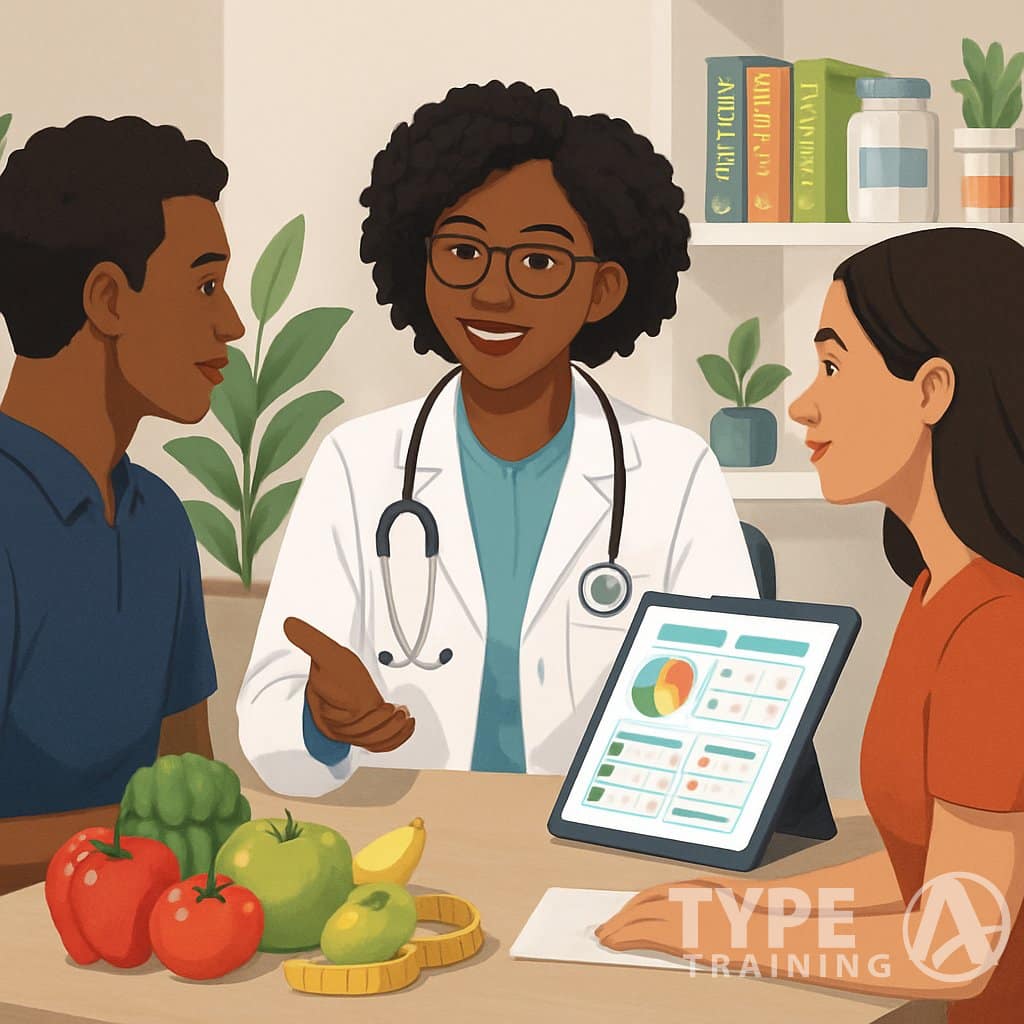
You can find nutrition services in a bunch of places. Hospitals and clinics offer them to help patients with diabetes, heart disease, and other health issues.
Popular posts:
Schools provide meals and nutrition education to students. Government programs step in to help families get healthy food when money is tight.
Whether you want to lose weight, manage a medical condition, or just eat a little better, these services give you the knowledge and support to help you reach your goals.
Key Takeaways
- Nutrition services offer professional guidance from trained dietitians to help you make better food choices and manage health conditions.
- You can find these services in hospitals, schools, communities, and through government assistance programs.
- Working with nutrition professionals helps you achieve your health goals through good eating habits.
Defining Nutrition Services
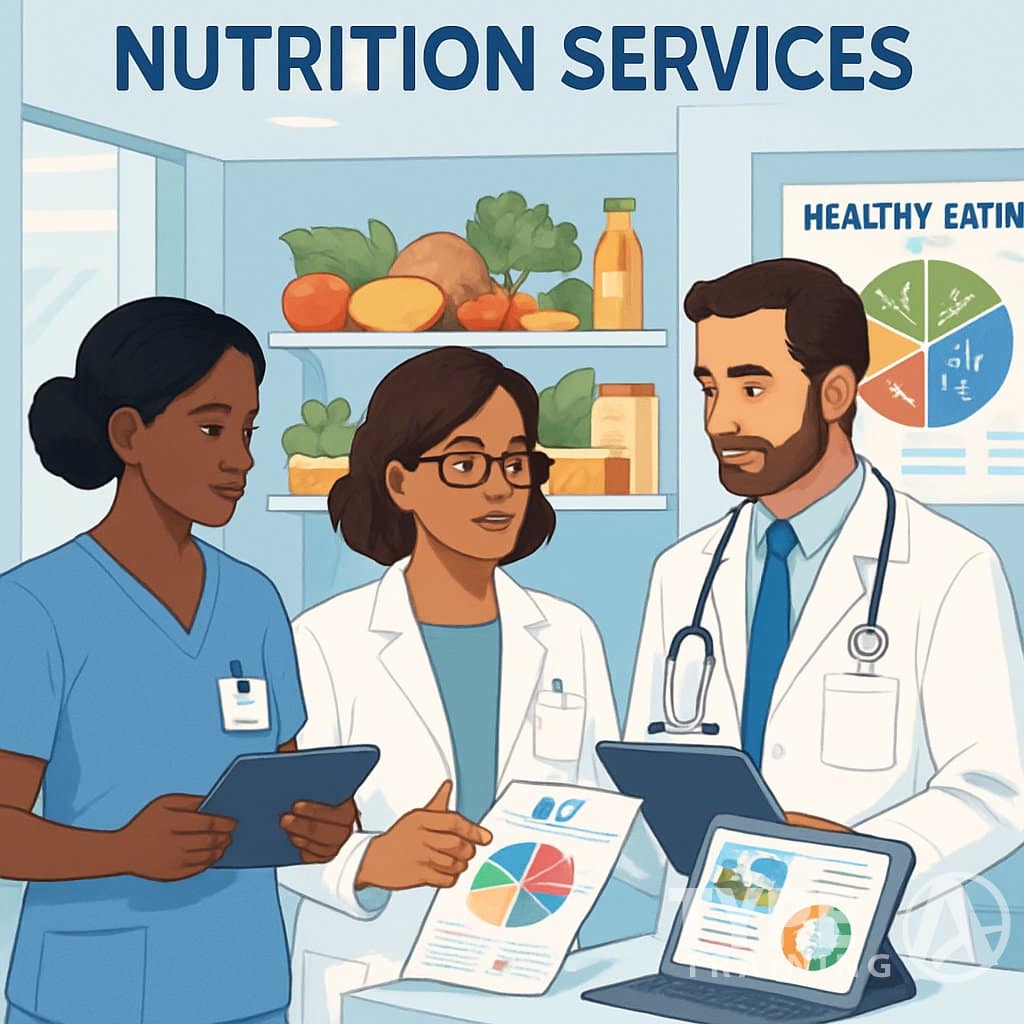
Nutrition services combine food assistance, education, and counseling to help people maintain healthy diets and reduce hunger.
These services target groups like seniors, low-income families, and people with health conditions through different community-based programs.
Core Components of Nutrition Services
Nutrition services have five main parts that work together to meet your needs.
Meal provision is the foundation. You might get congregate meals at community centers or home-delivered meals if you can’t leave home.
These meals need to follow the Dietary Guidelines for Americans.
Nutrition education gives you knowledge and skills to make healthier food choices. You might learn about balanced diets, food safety, or meal planning in classes or with handouts.
Nutrition counseling provides one-on-one guidance from professionals. A registered dietitian can help you build eating plans based on your health needs and goals.
Nutrition screening and assessment help spot risk factors. Staff check your weight, eating habits, and health status to figure out what services you need.
Additional support services can include:
- Special utensils for disabilities
- Supplemental foods or vitamins
- Grocery help
- Referrals to other programs
Goals and Objectives of Nutrition Services
The main goal is to reduce hunger and boost your overall health with better nutrition.
Immediate objectives focus on meeting your basic food needs. Programs try to provide regular, nutritious meals that follow dietary guidelines.
This helps prevent malnutrition and food insecurity in your household.
Long-term health goals aim at preventing and managing chronic diseases. You learn to control things like diabetes, heart disease, and high
Educational outcomes help you become more independent with food choices. You pick up skills like:
- Reading nutrition labels
- Planning balanced meals
- Shopping on a budget
- Safe food handling
Social benefits matter too, especially for seniors at congregate meal sites. You get to connect with others while receiving nutrition help.
Target Populations for Nutrition Services
Nutrition services focus on groups that need food assistance and nutrition support the most.
Older adults aged 60 and above get the most services through federal programs. You qualify no matter your income, but services prioritize those with economic or social needs.
Low-income individuals and families get services through various programs. Your eligibility depends on household income, family size, and local rules.
People with disabilities or chronic health conditions receive specialized nutrition support. You might need modified meals, special equipment, or more intensive counseling.
Pregnant women, new mothers, and young children get targeted help through specific programs. These focus on proper nutrition during critical growth periods.
Homebound individuals receive home-delivered meals if you can’t shop for or prepare food safely. Programs check if you can leave home or access nutritious meals on your own.
Federal Nutrition Assistance Programs
The U.S. government runs 16 federal nutrition assistance programs through the USDA’s Food and Nutrition Service to help Americans get healthy food.
These programs include SNAP, WIC, and school meal programs, reaching about one in four Americans every year.
Overview of Federal Nutrition Assistance Programs
Federal nutrition assistance programs work to end hunger and promote better nutrition across the country.
The government runs 16 programs to help people get the food they need. These programs serve about 25% of Americans each year.
They focus on low-income families, children, pregnant women, and elderly people who need extra help buying food.
The programs provide different types of help:
- Direct food benefits like SNAP cards
- Supplemental foods through WIC
- Free or reduced-price meals at schools
- Nutrition education and health referrals
Each program has its own rules about who can get help. You usually need to meet income limits and other requirements to qualify.
USDA and Food and Nutrition Service (FNS)
The Food and Nutrition Service (FNS) is part of the U.S. Department of Agriculture.
FNS runs all the federal nutrition assistance programs from its main office in Alexandria, Virginia.
FNS started in 1969 to fight hunger in America. The agency works with state and tribal governments to deliver nutrition benefits.
Your state government actually runs most nutrition programs in your area. But FNS sets the rules and provides the funding.
FNS also has regional offices across the country. These offices help states run their programs and make sure people get the help they qualify for.
SNAP and Food Stamps
The Supplemental Nutrition Assistance Program (SNAP) is the largest nutrition assistance program in America.
You might still hear people call it “food stamps,” even though that’s the old name.
SNAP helps over 41 million Americans buy food each month. The program gives you an electronic card that works like a debit card at grocery stores.
You can use SNAP benefits to buy:
- Fruits and vegetables
- Meat, poultry, and fish
- Dairy products
- Bread and cereals
- Seeds and plants to grow food
SNAP has income limits and other rules. Households with elderly or disabled members might have different requirements that make it easier to qualify.
WIC and Supplemental Foods
The Special Supplemental Nutrition Program for Women, Infants, and Children (WIC) helps pregnant women, new mothers, and young children.
WIC serves people during the most important time for proper nutrition.
WIC provides three main types of help:
- Supplemental foods like milk, eggs, and cereal
- Nutrition education to help you make healthy choices
- Health care referrals to doctors and clinics
You can get WIC benefits if you’re pregnant, breastfeeding, or have children under age 5. Your income must be at or below certain limits.
Unlike SNAP, WIC gives you specific foods that are good for growing children and pregnant women. You get checks or cards that work only for approved healthy foods.
Nutrition Services in Schools
School nutrition services provide meals through federally funded programs that serve millions of students daily.
These programs include lunch and breakfast options, with free meals available for qualifying families to support food security and child nutrition.
National School Lunch Program
The National School Lunch Program is the biggest federal nutrition program for schools.
It provides low-cost or free meals to over 30 million students each school day.
Your child’s school has to follow strict federal nutrition standards. Meals must include fruits, vegetables, whole grains, and lean proteins.
Schools also limit sodium, saturated fat, and calories.
Eligibility Requirements:
- Free meals: Family income at or below 130% of federal poverty level
- Reduced-price meals: Family income between 130-185% of federal poverty level
- Full-price meals: Families above 185% of federal poverty level
Schools get cash payments and food donations from the USDA. This helps keep meal costs low for families.
The program runs in public schools, private schools, and residential facilities.
School Breakfast Program
The School Breakfast Program serves nutritious morning meals to students before classes start.
Research says students who eat school breakfast have better attendance and test scores.
Your school might offer breakfast in the cafeteria, classroom, or as grab-and-go.
The same income guidelines apply as the lunch program. If you qualify for free lunch, you also get free breakfast.
Breakfast meals have to include fruits, grains, and milk or meat alternatives.
Schools can serve traditional hot meals or easy-to-carry options like whole grain muffins with fruit.
Many schools use the Community Eligibility Provision. This lets high-poverty schools serve free breakfast and lunch to all students without collecting applications.
Free Breakfast and Supplemental Options
Some states and districts go beyond federal requirements to help more students.
Free breakfast programs remove cost barriers that keep students from eating in the morning.
Common expansion programs include:
- Universal free breakfast for all students
- Breakfast in the classroom
- Second chance breakfast between classes
- Weekend backpack programs
Your school might also offer fresh fruit and vegetable programs. These give extra healthy snacks during the day.
Summer meal programs keep nutrition support going when school is out.
Assistance for Children and Food Security
School nutrition programs play a big role in fighting childhood hunger and food insecurity.
For many students, school meals make up half their daily nutrition.
Applications for free and reduced meals are confidential. Schools can’t share your family’s eligibility info without permission.
Students who qualify get benefits for the whole school year.
Other support might include:
- Weekend food programs
- Summer meal sites
- After-school snacks
- Emergency food assistance
Schools often work with local food banks and community groups. These partnerships help connect families with resources beyond just school meals.
Many districts also offer nutrition education to help students make healthier choices.
Nutrition Education and Promotion
Nutrition education lays the groundwork for making smart food choices.
Promotion efforts try to create environments that support healthy eating habits.
These programs target specific groups to reduce obesity and teach people about nutrition benefits in ways that actually work.
Role of Nutrition Education
Nutrition education gives you the tools to make better food choices day-to-day.
It mixes teaching strategies with support from your environment to help you build healthier eating habits.
Most people don’t really get enough nutrition info to change their behaviors. Studies show students get less nutrition education than they need to make lasting changes.
Key functions of nutrition education:
- Teaching you about nutrients and how they affect your health
- Helping you read food labels and understand portions
- Showing you how to plan balanced meals on a budget
- Connecting your food choices to disease prevention
Education works best when it fits your needs. A hospital patient won’t get the same info as a school kid or a pregnant woman.
Key Educational Initiatives and Resources
Several big programs provide nutrition education across the U.S.
These initiatives reach millions each year through schools, clinics, and community centers.
USDA Team Nutrition supports child nutrition programs in schools. It trains food service workers and provides nutrition education for students and families.
WIC programs offer nutrition education at local agencies and clinics. You can get one-on-one sessions with dietitians who answer questions about food and nutrition.
Cooperative Extension programs deliver community-based nutrition education. These help you and your family make better choices about food and lifestyle.
The CDC promotes nutrition education as part of school health programs. This gives kids the knowledge they need to choose healthy foods and drinks.
Promoting Healthy Food Choices
Promotion efforts aim to create environments where healthy food choices feel more natural and accessible. These programs focus on specific groups, tailoring messages for each audience.
Effective promotion strategies include:
- Environmental changes – Making healthy food easier to find and more affordable.
- Social marketing – Using ads and campaigns to highlight the perks of good nutrition.
- Policy changes – Setting rules that encourage healthy eating in schools and workplaces.
- Community programs – Hosting events that teach cooking and nutrition skills.
When education teams up with real changes in your food environment, you see the biggest impact. For instance, a school might teach nutrition and also serve better meals in the cafeteria.
Community-Based and Special Nutrition Services
Community-based nutrition services bring healthy food and nutrition education to people outside of the usual healthcare settings. These programs often focus on low-income families and seniors, using government support to bridge food gaps and tackle health issues linked to poor nutrition.
Support for Low-Income Families and Seniors
Senior Nutrition Programs serve adults age 60 and up through home-delivered meals and group dining at places like senior centers and churches.
You’ll also find nutrition screening and counseling through these programs. They help older adults stay independent at home, which feels pretty important as folks age.
Medicaid health plans now see nutrition as a key part of healthcare. These plans can spot when you need nutrition support and help you connect to food services.
Supplemental nutrition programs step in when your budget’s tight, offering foods that fill nutrition gaps. They focus on making sure you get the basics, especially when money’s short.
Local organizations usually run these programs through partnerships. If you need it, they can connect you to other help, like rides or home health care.
Food Assistance Beyond Schools
Community feeding organizations hand out food during daily life and emergencies. You can get help from food banks or community centers—sometimes it’s just a matter of asking.
Government food assistance programs work with tribes, institutions, and community groups to get food to people who need it most.
They often support American agriculture by buying from local farms when they can, which feels like a win-win for farmers and neighbors alike.
Food delivery services bring meals straight to your door if you can’t get out. Many communities offer this through volunteer-run programs.
Addressing Food Insecurity and Health Disparities
Community-based participatory research lets local groups shape nutrition solutions that actually fit their lives. Community members take part in planning and making decisions, not just following orders.
Nutrition assistance programs aim for neighborhoods where healthy food’s hardest to get. They try to tackle health problems that often start with poor nutrition.
These programs don’t just hand out food—they offer nutrition education too. You’ll pick up tips for cooking healthy meals and making smarter food choices.
Performance measurement gives these programs a way to see if they’re making a difference. They track things like better health outcomes and whether people can get good food more easily.









